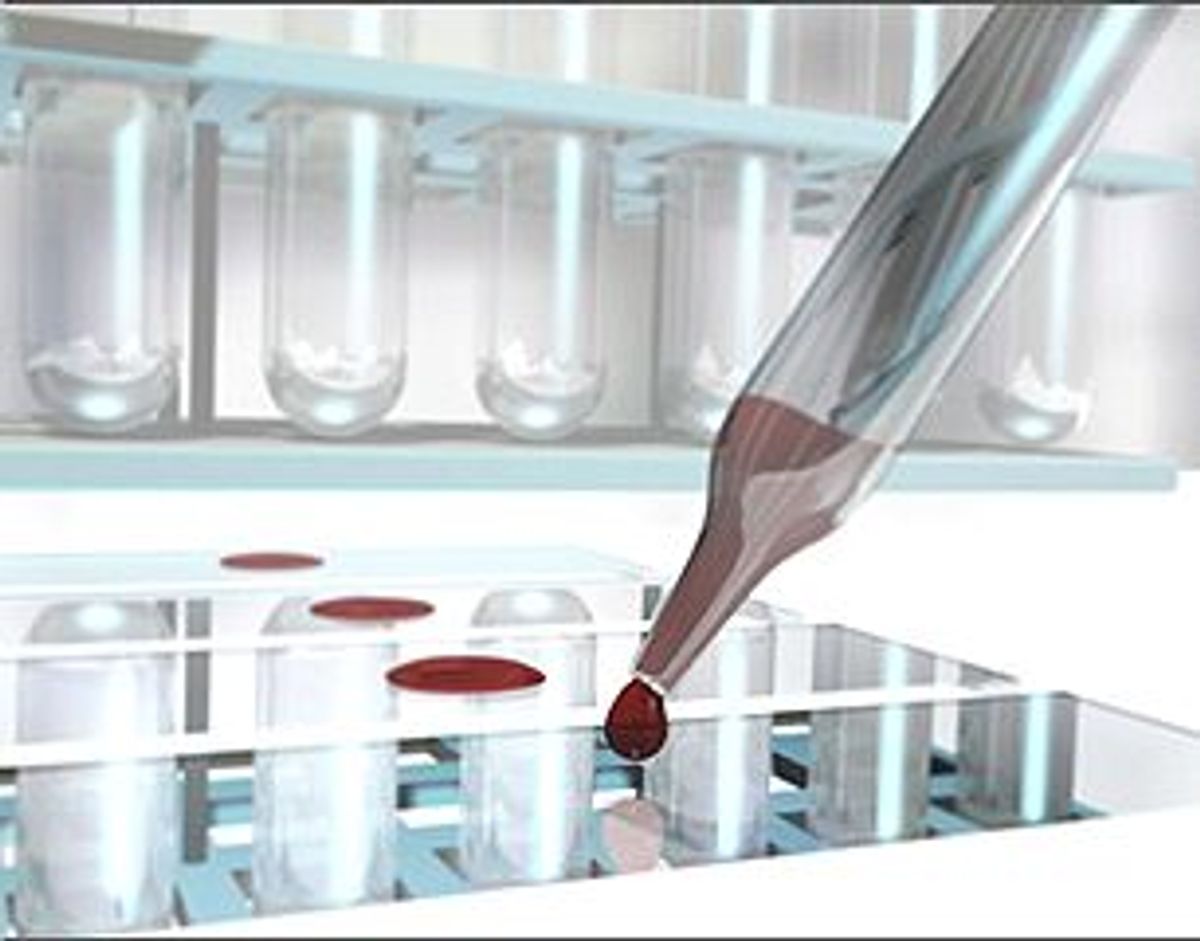Three studies, two from Harvard and one from Stanford, track the miraculous ability of young blood to rejuvenate both mental and physical abilities in aging mice. Harvard reported clinical studies on humans could begin in the next three to five years, according to The Verge.
Two of the studies focus on a blood protein found in both mice and humans: Factor 11, or GDF11. In the first study, lead by Harvard stem cell and regenerative biology professor Lee Rubin, researchers looked at the effect of GDF11 and mental abilities in mice.
Their premise: Deteriorating blood vessels cause a loss of mental ability as mice age. Researchers tested the regenerative powers of GDF11 by investigating sense of smell -- one of the faculties affected by mental deterioration, according to the Los Angeles Times. Young mice are very sensitive to the scent of mint, which they avoid.
Injected with GDF11, the older mice, who previously couldn't detect the mint, avoided the smell. Researchers believe that the GDF11 helped blood flow in the brain, which restored their sense of smell.
The second study also came from the Harvard biology department. This time the lead author was Amy Wagers, also a professor of stem cell and regenerative biology. Back in 2005, Wagers took part in a Stanford study that noticed the regenerative powers of the blood from young mice.
In this study, Wagers and her team wanted to see if the protein could repair muscle deterioration in older mice. In particular they looked at a group of stem cells known as satellite cells. Satellite cells are a type of stem cell that repair damaged muscles. The satellite cells from older mice had noticeably more DNA damage that those of younger mice. Older mice also had fewer satellite cells.
In experiments, Wagers found that the satellite cells of older mice, conjoined with those of younger mice (so that they shared blood) were "indistinguishable." The team also found that when injected with GDF11, older mice the had less DNA damage in satellite cells, and had more satellite cells present.
Both Harvard studies, from Rubin and Wagers, were published this week in the journal Science.
A third study, from Stanford, was published in the journal Nature Medicine. This study, authored in part by Stanford professor of neurology Tony Wyss-Coray, looked at the effect of young-mouse blood plasma on memory in older mice.
After a series of memory-related tests -- done before and after blood plasma from young mice was given to older mice -- the team hypothesized that the plasma had an effect on the memory area of the brain, the hippocampus. To test this they surgically attached young and old mice, and subsequently looked at their brains. The older mouses' hippocampi looked like the younger ones'. "It was as if these old brains were recharged by young blood," Wyss-Coray said, according to the Los Angeles Times.
According to Rubin, the studies have potential implications for a wide range of clinical studies -- from Alzheimer's, to heart disease, to genetic disorders. However, the powers of GDF11 have yet to be determined in humans. The next step will be to see if humans who live long lives have more GDF11. And one study, The Verge reported, already has a company in place to perform a test trial of plasma transfusions on Alzheimer's patients.
h/t The Verge, The Los Angeles Times, USA Today


Shares